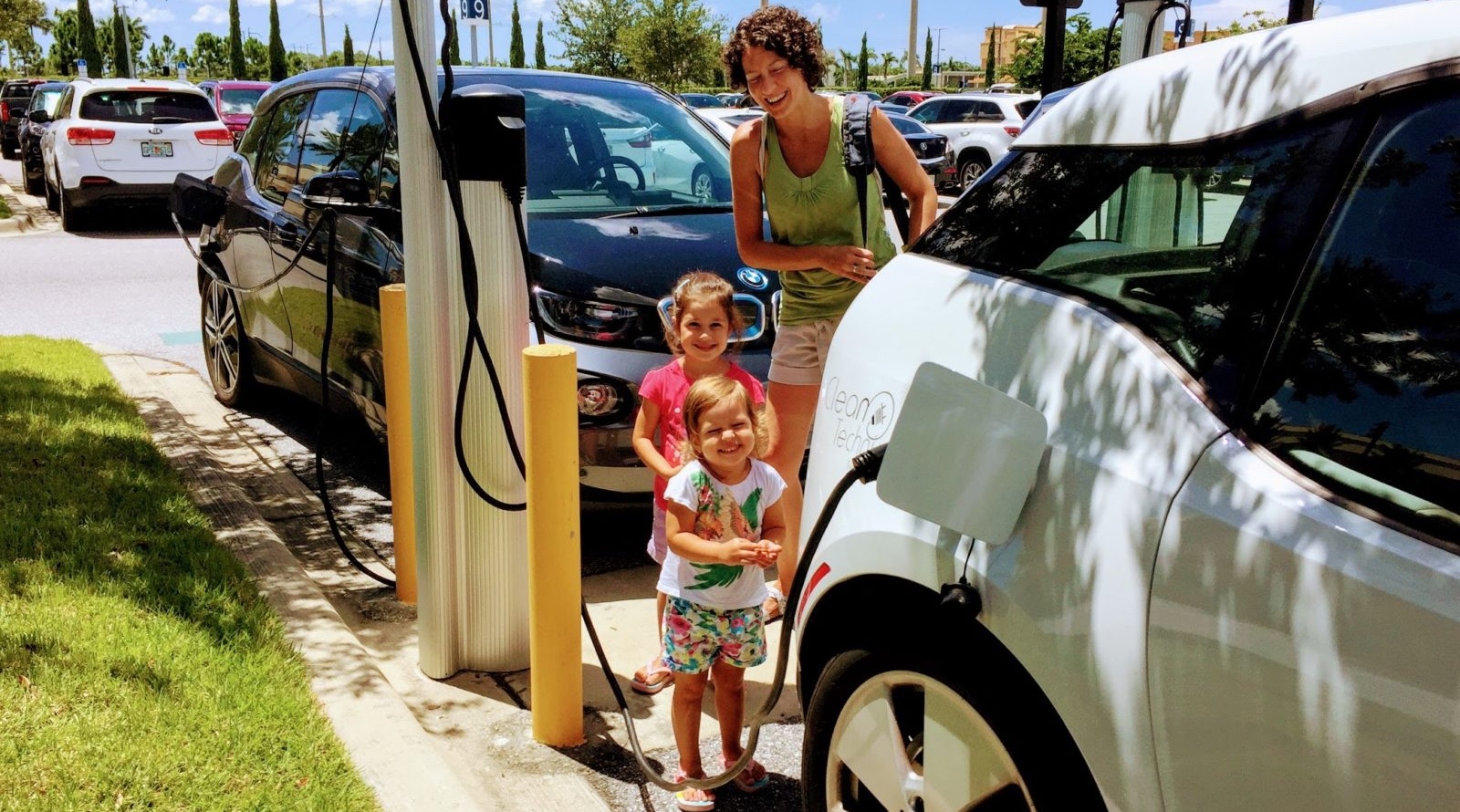Mining3, a member-driven mining research organisation, recently announced a call to industry to participate in a collaboration to demonstrate a Dynamic Wireless Power Transfer (WPT) system for mining vehicles using technology currently available in the transport sector. Leaders in wireless power, ENRX, will provide the dynamic WPT technology. Battery and BEV technology specialist, 3ME Technology, will provide the battery-electric vehicle platform and systems integration expertise. Mining3’s Research Director, Dr Erik Isokangas told IM that this is a unique moment for mining companies & OEMs to be involved in this first-for-the-industry demonstrator project.
Battery electric mining vehicles (BEVs) are showing great potential for replacing diesel-powered equipment to minimise Scope 1 emissions towards decarbonisation in the mining industry. However, as Isokangas points out, battery (chemistry) technology still limits equipment utilisation, and hence, the economics and adoption of the BEV due to the need for frequent recharging or fixed trolley-style infrastructure.
Removing the need to physically connect a BEV to charge batteries or power the vehicle, WPT uses an electrical method called resonant coupling where energy is transferred between a transmitting coil and a receiving coil through the air. Isokangas tells IM: “The transfer has an efficiency of around 90% as the coils are closely tuned to each other. The ‘dynamic’ aspect refers to the ability to transfer the power whilst the vehicle is in motion. ‘Static’ solutions are also in use, typically charging electric buses at bus stops, battery-powered ferries at terminals, and electric cars in garages and car parks.”
Potential underground battery electric mining truck wireless power transfer configuration and set up
 In a mining application, the transmitting coil could be embedded in the haul road and the receiving coil is mounted under the machine’s undercarriage. “By providing this method of energy transfer to the vehicle, this will reduce operational delays for battery charging, improve safety (no cables and plugs are required), and potentially increase the life of batteries by minimising deep cycle charging, or reduce the size and weight of batteries. WPT works in wet, snowy, and dusty road conditions. WPT can also be packaged in plastic, making the system resistant to corrosion; particularly important for acidic ground conditions in underground mines – eliminating the need for maintenance.”
In a mining application, the transmitting coil could be embedded in the haul road and the receiving coil is mounted under the machine’s undercarriage. “By providing this method of energy transfer to the vehicle, this will reduce operational delays for battery charging, improve safety (no cables and plugs are required), and potentially increase the life of batteries by minimising deep cycle charging, or reduce the size and weight of batteries. WPT works in wet, snowy, and dusty road conditions. WPT can also be packaged in plastic, making the system resistant to corrosion; particularly important for acidic ground conditions in underground mines – eliminating the need for maintenance.”
And it is not unproven. Other industries, such as public transport, are also electrifying their vehicles and have developed wireless charging solutions. Up to 2.5 MW wireless charging solutions are already available for static charging. Both dynamic and static WPT solutions from ENRX are available up to 200 kW, with the potential to double this in the near future. The pathway for future advancements, particularly in their capacity, will hinge largely on market demand. Today, there are already over 150 km of high-power dynamic charging systems installed globally by ENRX, powering buses, trams, lorries, and factory robots.
Isokangas says the application of WPT could offer the mining industry another tool in their toolbox of solutions for transitioning towards lowering carbon emissions. “The technology has the potential to improve the utilisation of mobile battery-electric equipment; improve safety (reducing the number of cables and connectors for battery charging, and offer safe charging in wet, dirty environments); and offer a high efficiency, convenient ‘hands free’, charging alternative.” It is also very scalable & well suited to autonomy, so supporting future autonomous battery-electric mining equipment recharging without the need for manual handling of cables or battery packs.
Dynamic WPT, Isokangas says, offers similar benefits to that of trolley-assist systems, but with the added advantages of system mobility – as the wireless system will be designed to relocate easily; improved safety – removing overhead cables and potential for electric sparks; increased number of trucks on a ramp, as each WPT segment is short (tens of metres); charging opportunities on curved pit ramps; and the ability to charge whilst stopped (such as at a truck bay or whilst dumping) without the need for massive overhead infrastructure.
So why isn’t big mining currently using WPT? As with many technologies, adoption into the mining industry comes with its own challenges. “Mines pose extreme environmental conditions, however, as WPT is fully encased this is less of a concern. The technology also needs to be robust, particularly to the harsh treatment, vibrations, and demand from mine operators. Although WPT has no moving parts, protecting the receiver from rocks in the vehicle undercarriage, and the transmitter from being hit by a grader during road clearing, will be a challenge.” The size of machines and scale of energy demand will also place a limit on the existing applications where WPT will be viable. Thus, underground operations are more likely to see earlier benefits from WPT.
“Mines just need to understand the value proposition and identify where and when the technology makes economic sense. WPT is already valued and being implemented in other industries, but as mine life is typically 10-30 years, capital recovery times are shorter compared to public infrastructure projects. The industry also needs to assess safety risks, to ensure the electromagnetic emissions meet health and safety standards, and all the necessary safety mechanisms are reviewed and addressed, especially in the mining context.” Finally, the mining industry typically has a lower risk appetite for new technology.
Justin Bain, CEO 3ME Technology, said: “Wireless power technology was being explored by 3ME Technology in their transformational pillar and that the company is excited to be charging ahead with great partners like Mining3 and ERNX.” Bain also noted that “although the core focus right now is for mining applications, the technology is also being explored by 3ME Technology in their adjacent markets of defence, marine and construction applications.”
So where does the concept go from here in mining? To raise the level of understanding of WPT and learn how it can be applied in mining operations, Mining3 is developing a project to demonstrate the technology in a mining context but away from a live mining environment. This project is an opportunity to introduce WPT to the mining industry, study its performance, applications, trade-offs, and risks; whilst also seeking input from a wide audience of operators, engineers, maintenance staff, and mining executives, to help inform future development and applications of the technology. The project leverages Mining3’s expertise and the seed funded research that they have been conducting in WPT since 2014.
IM is also pleased to report that Dr Isokangas will also be presenting on this topic at The Electric Mine 2024 conference which is being held at the Crown Perth in Western Australia, May 21-23. See www.theelectricmine.com




